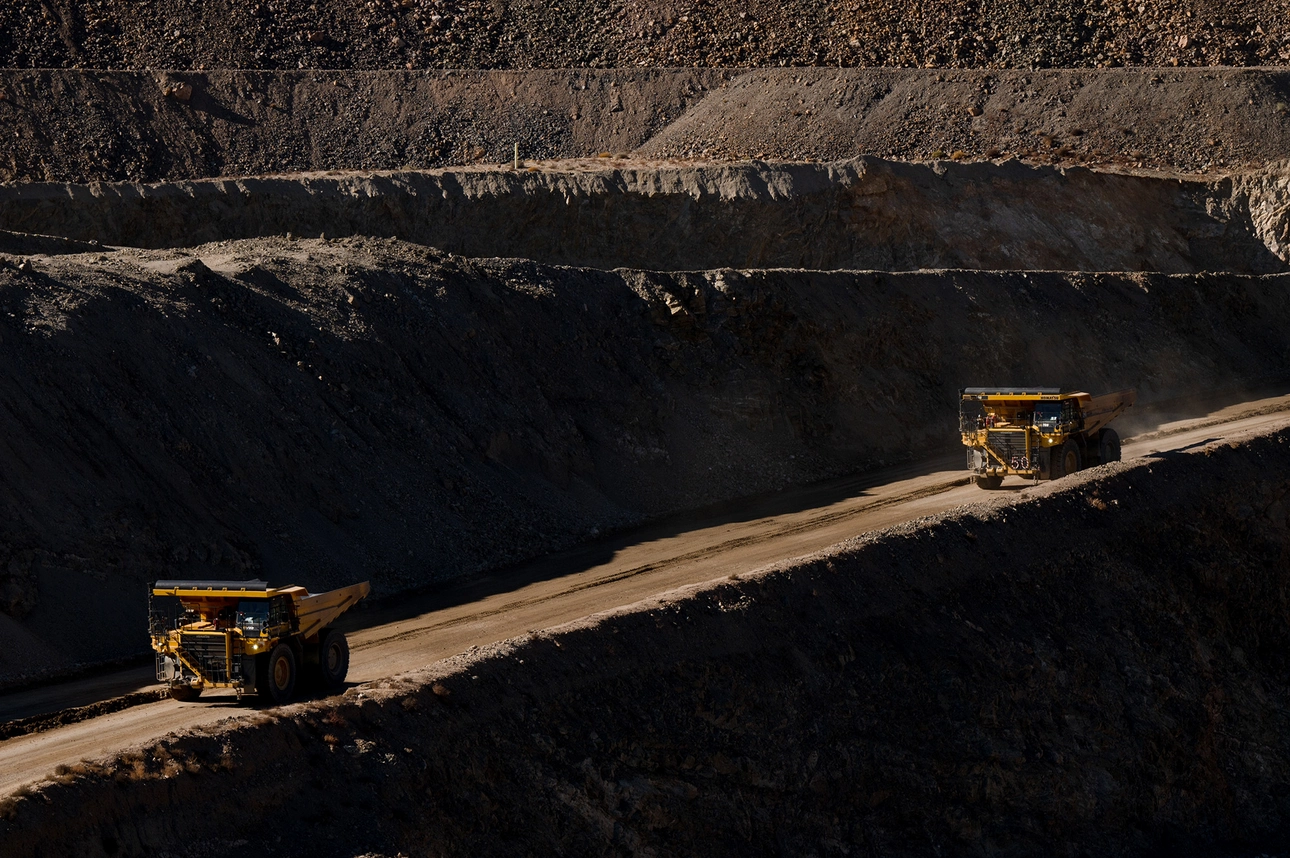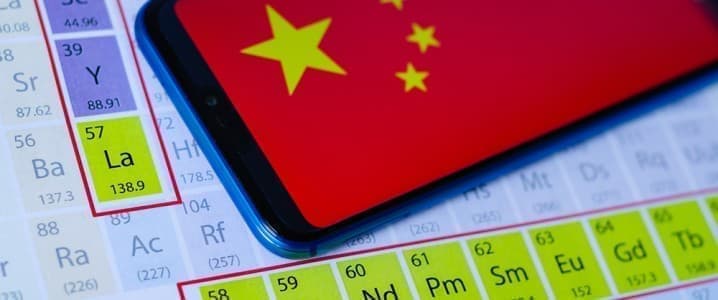MetalMiner, the largest metals-related media site in the US, offers a global perspective on trends and issues in the metal industry. Recently, Chinese rare earth profits have declined significantly due to economic challenges and shifts in the global supply chain. Oversupply and competition in China’s rare earth industry have led to underpricing and waste. Lynas Rare Earths, an Australian company, is responding to falling prices and demand in China by cutting costs.
The Rare Earths MMI (Monthly Metals Index) experienced a substantial rebound after four months of sharp declines, rising by 14.36%. This increase suggests that rare earth metal prices may have bottomed out between March and April. However, Chinese rare earth profits continue to decline, with key state-owned companies reporting significant decreases in net profit and sales.

The decline in Chinese rare earth profits is attributed to economic problems and increasing competition from other nations establishing their own supply chains. China’s industry ministry acknowledges the overselling and wastage of rare earths due to fierce competition. Despite these challenges, China remains the top global rare earth producer, controlling around 40% of the world’s rare earth stocks.
Lynas Rare Earths is facing the impact of falling prices and demand in China, announcing a 74% decrease in net profit for the first half of the year. To navigate the market slump, the company is focusing on cost performance while maintaining optimism about long-term demand projections. However, Lynas’ tightening of prices could have negative repercussions for companies reliant on rare earths as key inputs.
Businesses purchasing rare earths like neodymium and praseodymium may face cost increases, potentially affecting their profit margins or leading to price hikes for consumers. Supply chain disruptions may also occur if Lynas, a major rare earth supplier, faces difficulties, further impacting prices and supply outside of China. With China controlling roughly 80% of the global rare earth market, challenges in the supply chain could influence rare earth buyers worldwide and potentially hinder clean energy transitions.


